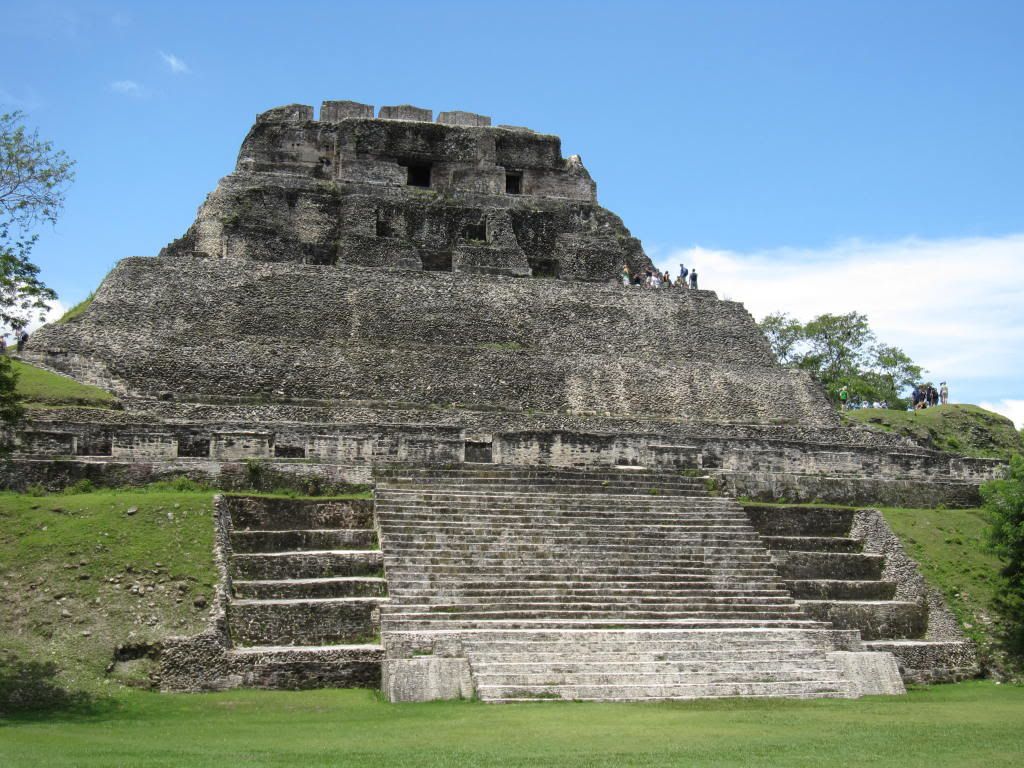4/1 First Day with Host Family
We moved in with our host family today. Our host ‘mother’ is 25 years old. Her name is Dahlia. She lives in a cute house in Maya Mopan. The inside of her entire house is a beautiful bright blue/turquoise. The front of some Belizean houses are decorated with swans. I kept trying to ask Dahlia why people here like swans so much, but she didn’t understand what I was asking. After a few tries she realized what I was talking about and said “OH! The ducks! I don’t know, we just like ducks.” That made me laugh. She doesn’t have any kids, but she does have one dog named Shaggy. Her husband is in the Belizean Defense Force (BDF) and isn’t here right now.
Dahlia has a HUGE family. She has 9 brothers and sisters and a whole bunch of cousins, aunts and uncles. Almost her entire family lives in Maya Mopan. I already met several of her sisters, brothers, cousins, nieces, and nephews. I even met her neighbor, their kids, and their three dogs Tiger, Cindy, and Blacky. Our host mother’s dad is one of the local pastors. Her grandfather owns a horse that they use on the farm. I think I might get to ride it!
Today we learned how to make corn tortillas by hand. It took some practice but after a few tries my tortillas were ‘whistling’ and ‘puffing’ with the rest of them. I couldn’t work up the nerve to turn them by hand though because I was so afraid of burning myself.
At Dahlia’s house we have our own room, electricity, running water, a hammock, cable, and a modern kitchen with a stove and a refrigerator. She doesn’t have hot water, but I don’t think we will need it. Belize is HOT! I think we are very lucky to live in such a beautiful home. I couldn’t be happier with it.
This weekend we will relax and get to know Maya Mopan. I can’t wait to meet the rest of Dahlia’s family. On Sunday I think we will be able to go to her father’s church. The entire service is in Q’eqchi! On Monday we start our community-based training. It definitely feels like I’m back in school. We have a lot of homework and assigned reading. I think the hardest part will be learning Q’eqchi. There isn’t even a dictionary for it! However, it is a very important language to know in Belize. It’s also a beautiful language and I can’t wait to start learning it.






.jpg)







